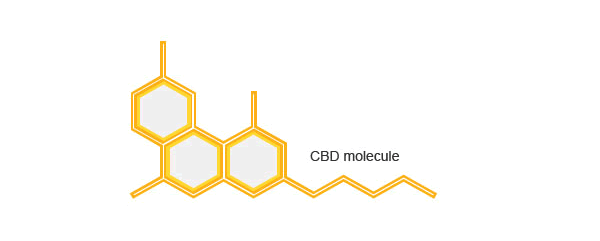So what are cannabinoids anyway?
 Scientists have identified close to 500 phytochemicals in hemp plants. Hundreds of them are terpenoids.
Scientists have identified close to 500 phytochemicals in hemp plants. Hundreds of them are terpenoids.
Terpenoids are the compounds that give fruits, flowers and herbs many of their desirable aromas, flavors and other special properties. Cannabinoids are a sub-class of terpenoids.
There are over 60 cannabinoids found in hemp and cannabis — the only place they are found. This is one of the many reasons hemp stands alone in the plant kingdom as a treasure chest of nutrition without equal.
What is Cannabidoid Synergy?
Each cannabinoid has its own individual properties, which is creating excitement in the scientific community. Besides terpenoids and cannabinoids, hemp contains many other vitamins, minerals, phytosterols, pigments, proteins, enzymes, essential sugars, polyphenol antioxidants, flavonoids and essential fatty acids.
While isolated cannabinoids have their own characteristic properties, the different compounds have synergistic effects when the whole symphony of phytonutrients are consumed together.
Synergy means that the combined effect is greater than the sum of the individual parts. Another way of thinking of this is 1+1. You know that 1+1 = 2. When hemp phytonutrients are consumed together, as they naturally occur in the plant, the nutritional benefits multiply, and it’s as if 1+1 now equals 3, or 4 or more!
What are Synthetic Cannabinoids?
The unique health properties of hemp have been known to scientists for more than 50 years. Given that hemp is nutritional powerhouse, there have been attempts by pharmaceutical companies to produce synthetic versions of isolated cannabinoid molecules.
As is common with synthetic chemicals, when cannabindiol is produced synthetically, the desired properties are reduced significantly, while undesirable side-effects appear.





















